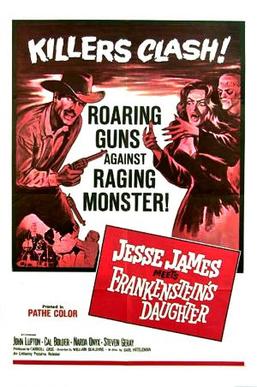Entry 42: Rethinking Confederate Symbols in South Park

South Park. “White People Renovating Houses,” Season 21, Episode 1. Directed by Trey Parker. Written by Trey Parker and Matt Stone.
I may be letting this site lie fallow while I’m distracted by other projects, but the apparently indefatigable Matthew C. Hulbert—author of numerous blogposts and the excellent, award-winning book, The Ghosts of Guerilla Memory: How Civil War Bushwhackers Became Gunslingers in the American West—is putting me to shame and keeping things going. South Park‘s season premiere inspired Matt to think about the current debate over Confederate symbols and the role of historians in that debate (for more on that, see his excellent post on Historista), and I’m happy to give him a platform as Civil War Pop‘s long overdue 42nd entry. Enjoy!







